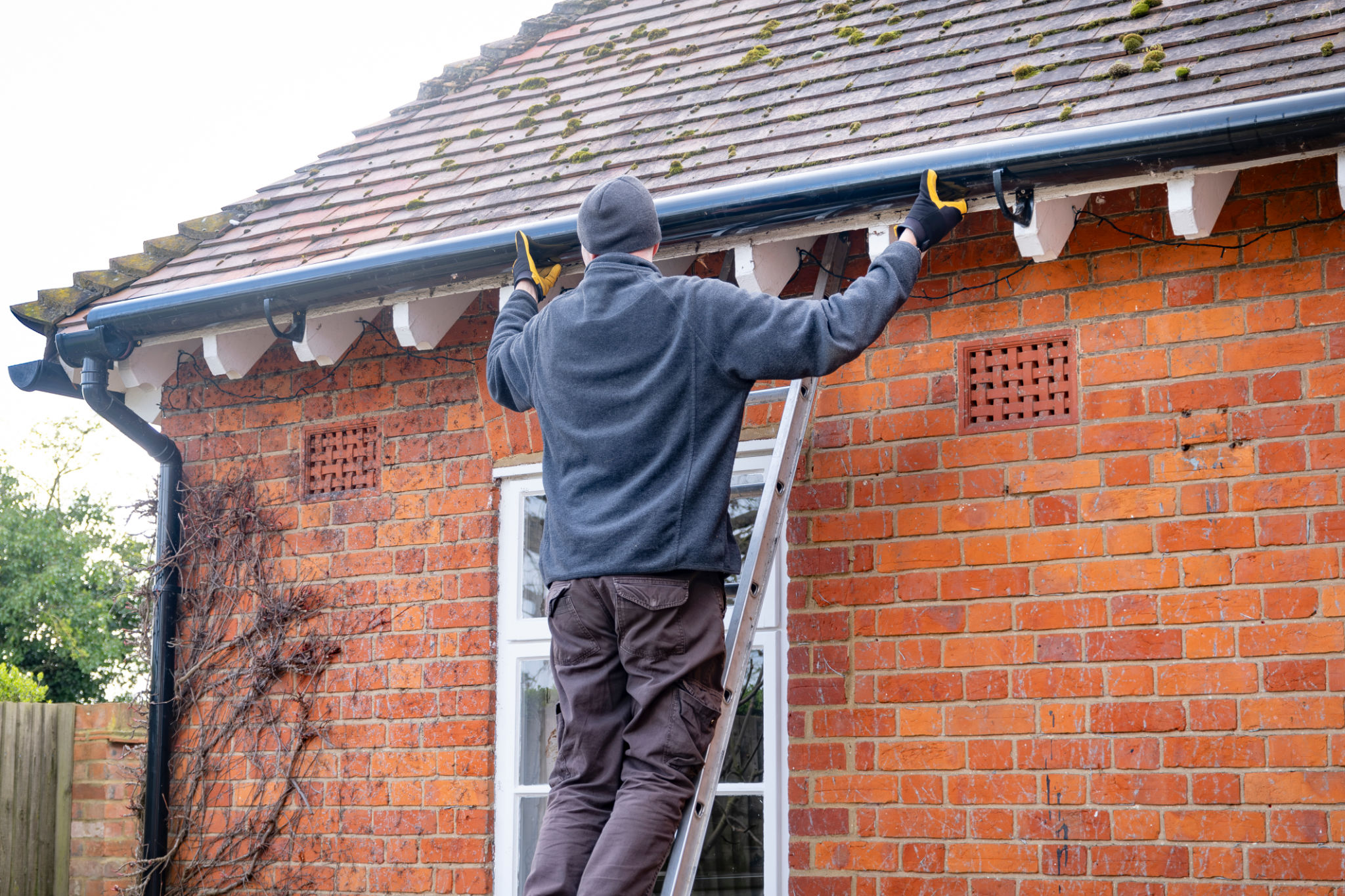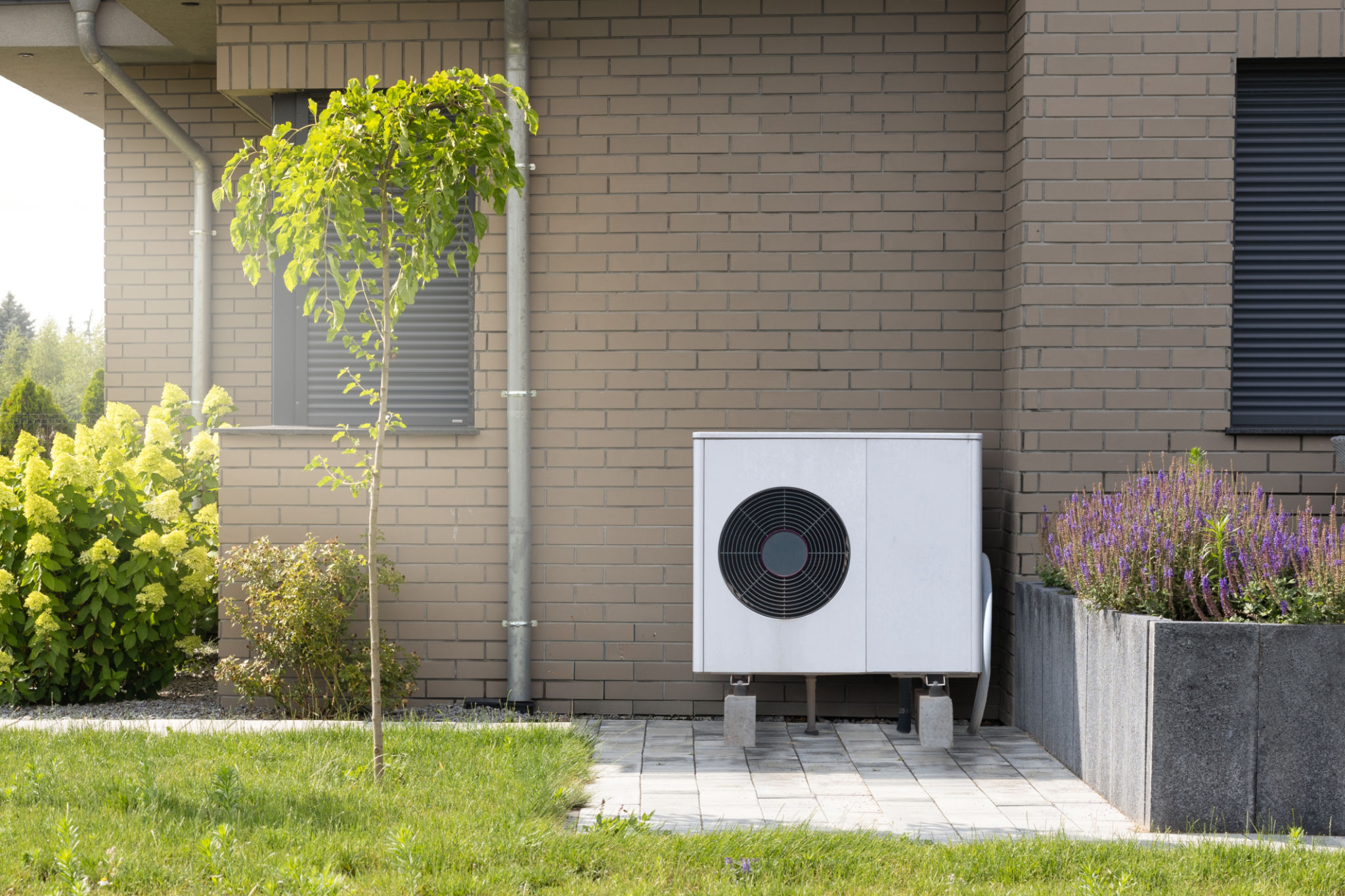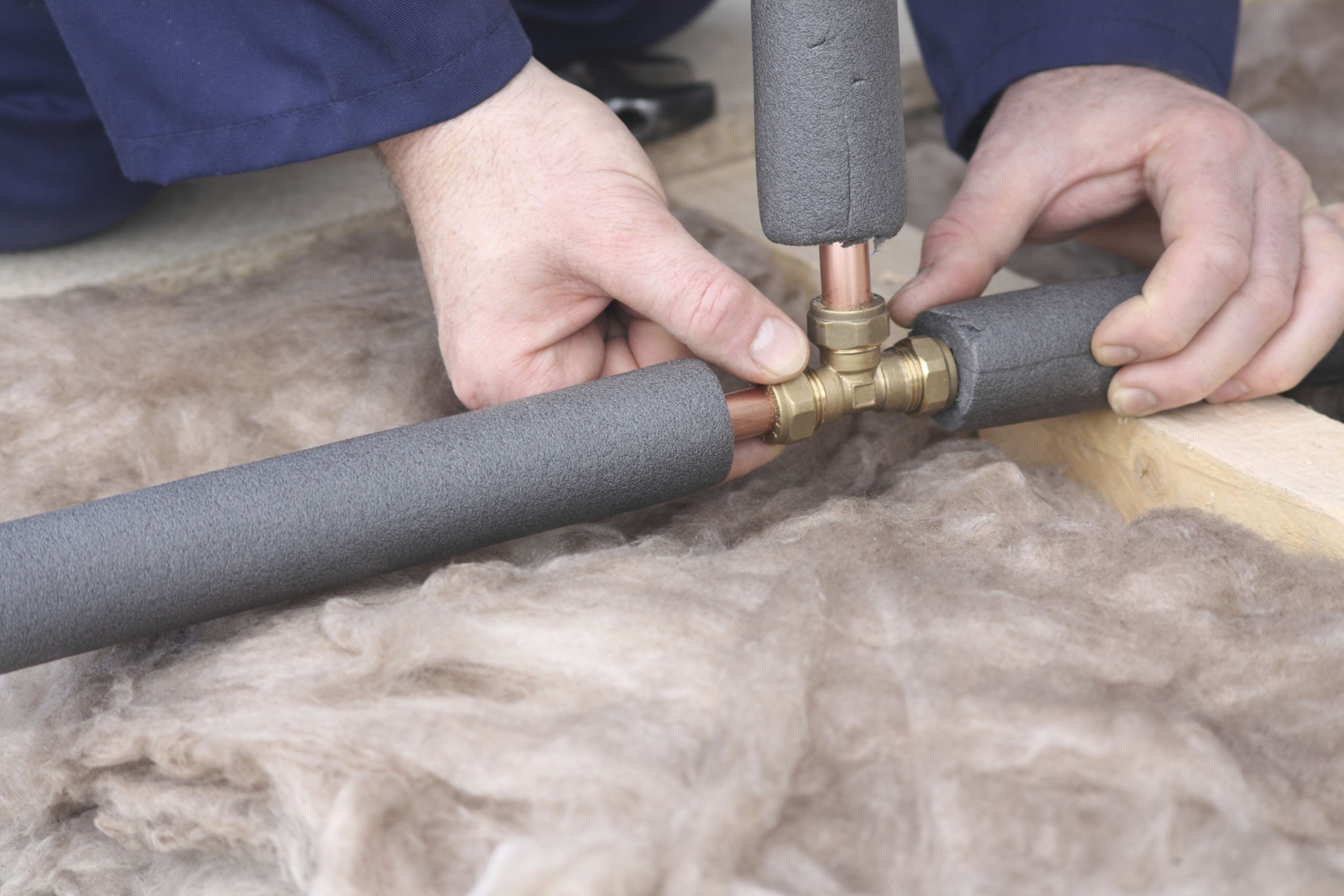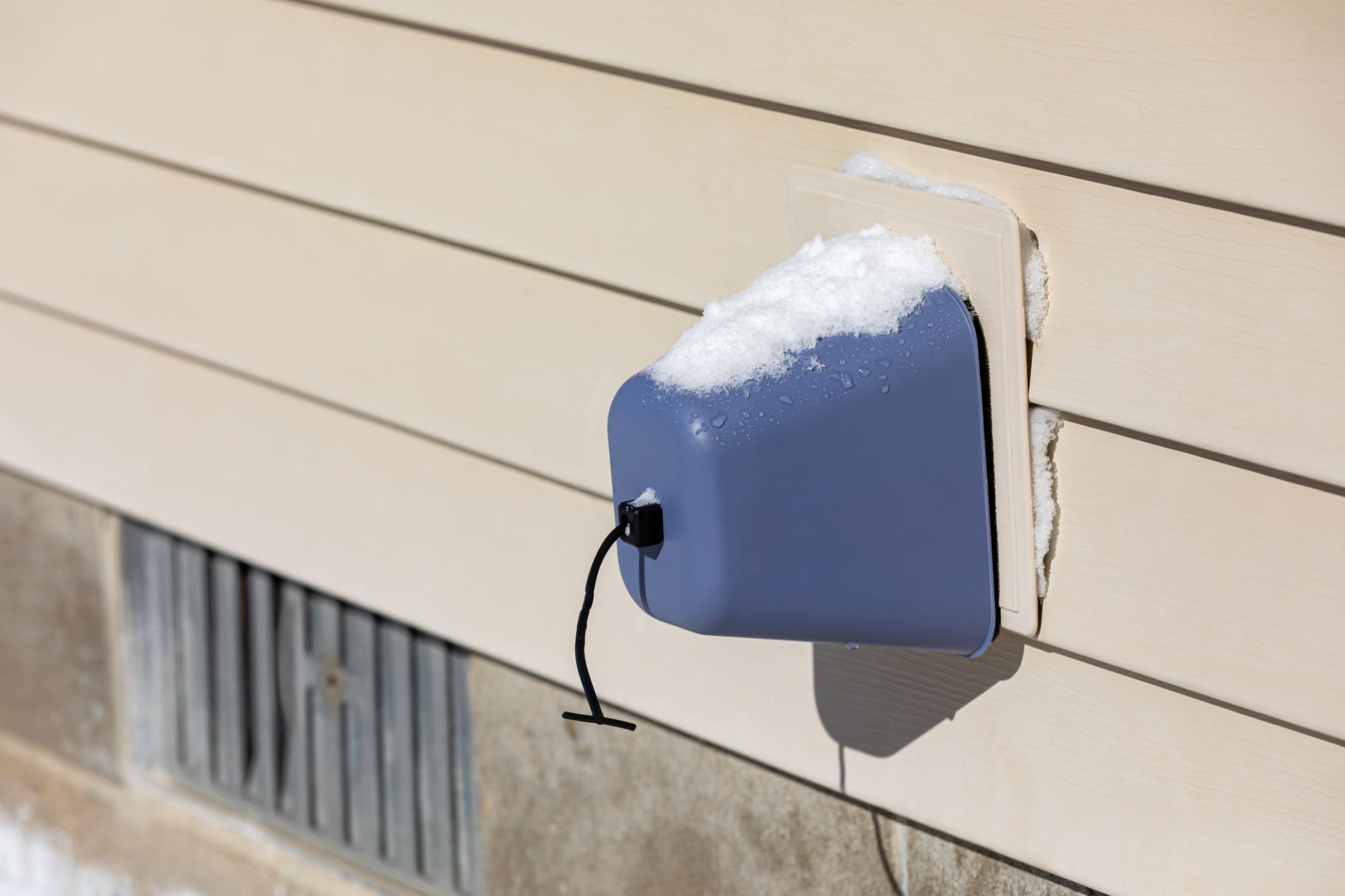Seasonal Maintenance Checklist: Preparing Your Home for Winter
Inspect and Clean Gutters
As winter approaches, it's crucial to ensure that your gutters are free from debris. Leaves, twigs, and other materials can clog gutters and lead to water damage when snow begins to melt. Use a ladder to inspect and clean your gutters thoroughly. This will help prevent ice dams, which can cause significant roof damage and leaks.
Additionally, check for any signs of wear or damage, like rust or cracks, and repair them promptly. Proper maintenance ensures that water can flow freely away from your home, protecting your foundation and landscaping.

Check and Seal Windows and Doors
Windows and doors are common culprits for heat loss during the colder months. To keep your home warm and energy-efficient, inspect all windows and doors for drafts. Use weather stripping or caulking to seal any gaps you find. This simple step can significantly reduce your heating costs and keep your home cozy.
Consider installing storm windows for an extra layer of insulation. If your budget allows, upgrading to energy-efficient windows can provide long-term savings on energy bills while enhancing your home's comfort.
Prepare Your Heating System
Your heating system is essential for maintaining a comfortable home environment in winter. Start by scheduling a professional inspection to ensure it's running efficiently. A qualified technician can clean the system, replace filters, and identify any potential issues before they become major problems.

If you use a fireplace or wood stove, now is the time to clean out the ashes and inspect the chimney for blockages or damage. Regular maintenance helps improve heating efficiency and reduces the risk of fire hazards.
Insulate Pipes
Frozen pipes can be a homeowner's nightmare during winter. To prevent this, insulate exposed pipes in unheated areas such as basements, attics, and garages. Pipe insulation is affordable and easy to install, providing an effective barrier against freezing temperatures.
For added protection, consider using heat tape on particularly vulnerable pipes. Additionally, keep cabinet doors open in the kitchen and bathroom to allow warm air to circulate around plumbing fixtures.

Check Smoke and Carbon Monoxide Detectors
Winter is a season when many homes rely on heaters and fireplaces, increasing the risk of fire hazards and carbon monoxide exposure. Ensure your smoke detectors and carbon monoxide alarms are functioning correctly by testing them monthly. Replace batteries as needed and consider installing additional detectors if necessary.
Having working alarms is crucial for the safety of your household. They provide early warnings that can save lives in case of emergencies.
Winterize Outdoor Spaces
Don't forget about your outdoor spaces when preparing for winter. Drain and store garden hoses, shut off exterior faucets, and cover outdoor furniture to protect them from harsh weather conditions. If you have a pool, follow proper winterization procedures to prevent damage from ice and freezing temperatures.

Trim tree branches that could potentially fall on your home or power lines during a snowstorm. These preventive measures can save you from costly repairs and ensure your outdoor areas are ready for spring.
Stock Up on Winter Essentials
Finally, be prepared for winter storms by stocking up on essentials like rock salt or sand for icy walkways, snow shovels, and a reliable snow blower if necessary. Keep an emergency kit ready with flashlights, batteries, blankets, and non-perishable food items.
Proper preparation helps you face unexpected winter challenges with confidence and ensures your home remains a safe haven throughout the season.
